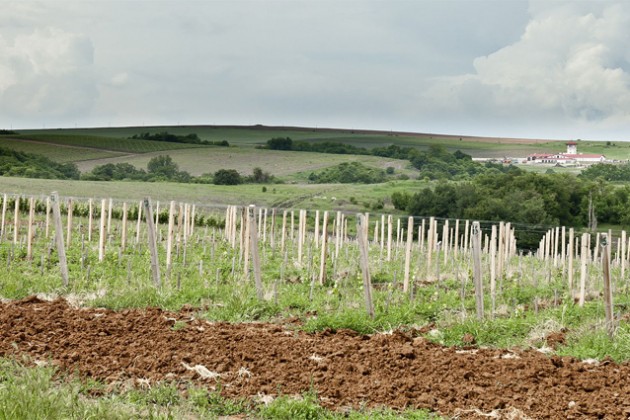Wines of the Kuban Region
The Kuban Region can be defines as the wine capital of Russia without any doubt. It is here where such sorts of grape grow as Merlot, Sauvignon-Blanc, Pinot-Noire, Cabernet-Franc, Chardonnay, etc. Local husbandries convert these figs into wines which can compete with French and Italian ones. You can monitor their production, taste them and buy a couple of bottles during special excursions which are provided by each wine husbandry.
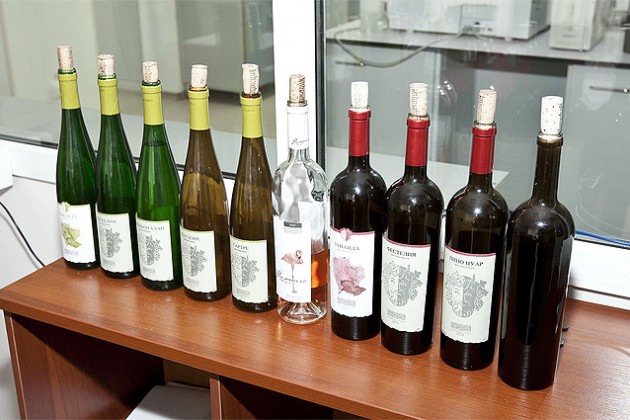
Fanagoria Agriculture Company
Krasnodar Territory, Temryuksky District, Sennoy settlement, Mira Street, 49
One of the largest Russia’s wine-producing enterprises, Fanagoria, is located in Temryuksky District of Krasnodar Territory, in the territory of an antique city whose name it bears now. Such sorts of grape as Sauvignon-Blanc, Chardonnay, Pinot-Noire, Merlot, Cabernet-Franc, etc. grow on the area about three thousand hectares. Four types of alcoholic beverages are made from them in the estate: wine, Champagne, cognac and balm.
Fanagoria provides alcoholic beverages for Russia for more than half a century. During this time, it won seven Grand Prix and over 200 medal in various domestic and international competitions. It launched production of their own oak barrels, opened a ceramic shop and 25 brand stores over the whole of the Kuban Region.
Fanagoria is especially proud about their own collection of premium wines “100 Hints of Red” with the issue of 350 bottles only, about “icy wines” which are called so because of the production technology wherein frozen figs are used, and about “Crew Lermont” series named after Mikhail Lermontov, a famous Russian poet who once visited the city of Taman.
It is of interest that the Taman peninsula whereon the agricultural company is located lies on the same latitude with the French Bordeaux and the Italian Turin. There are mud volcanoes in its territory which, as expert say, add a light mineral taste to wines.
This wine-producing estate possesses a coat-of-arms of its own, with two undines thereon which are symbols of the Black and Azov Seas. In their hands the creatures hold bunches of grapes, with the shield there between crowned with the crown of Bospor Kingdom, in the territory whereof the city of Fanagoria was situated a very long time ago.
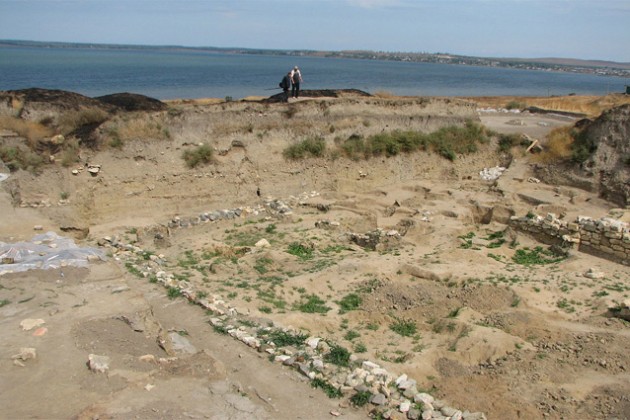
Abrau-Durso Russian Wine House
Krasnodar Territory, Abrau-Durso village, Promyshlennaya Street, 19
This history of this wine house began in 1870 when the demesnial estate Abrau-Durso was built by the order of Emperor Alexander II. Seven years later, in the homonymous rural circuit the first harvest of Riesling grapes was collected the sprigs whereof were delivered to Russia from Germany. At the same time the sorts of wine were produced which were delivered from the Crimea: Cabernet, Sauvignon, Pinot-Blanc, Aligote. In five years more, cellars for storage of sparkling wine were equipped in the Tsar’s estate. Prince Golitsyn who was appointed the chief winemaker in 1891 increased the amounts thereof.
The first batch of Champagne produced in 1896 at the wine factory was just 13 thousand bottles. The production process was fully controlled by French specialists. Two years later, the batch size was increased up to 25 thousand bottles output under the own brand of Abrau. They were destined for the Emperor’s court and aristocracy.
During WWI the wine production was suspended. Only in 1920 sparkling wine began to be produced again in Abrau-Durso which was converted into a state farm from a demesnial estate. Yet it was just for a short time when the Soviet people was happy about reconstruction of the wine-making factory. The Great Patriotic War destroyed most of production structures and local vineyards. Only those batches of Champaign were rescued which were transported behind the front line or immured in the tunnel of the house prior the Fascist occupation.
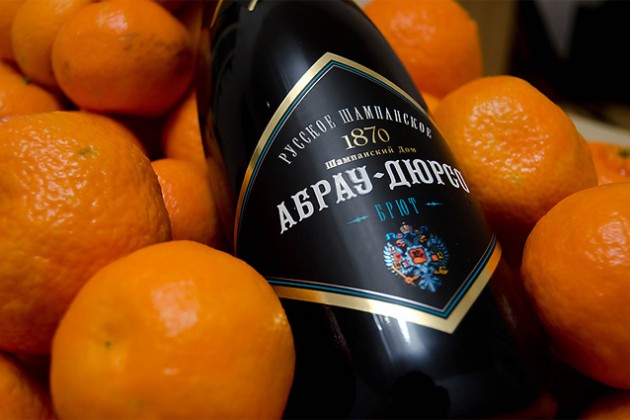
In mid 1943 after liberation of the city of Novorossiysk, new machines were delivered to the husbandry, workers of the enterprise found the rescued barrels in cellars and began to make wine for the country again.
In 1955 erection of the new wine factory and construction of a road thereto from Novorossiysk. The production began to take off again, sparkling beverages began to win medals and awards at international competitions. However, in 1980s, after the notorious decree “On measures of struggling against drunkenness and alcoholism”, the wealth was changed for the crisis, vineyards began to be cut out. Resurrection of the husbandry began in 2006 only.
Abrau-Durso today is not just a Champaign factory but a Russian wine house with a resort zone. It is located on the shore of Abrau lake and includes a gastronomy school, hotels, restaurants, cafes and spas. Since Tsar’s times, tunnels 5.5 km long cut in rock remain in the winery wherein sparkling wines are seasoned even now.
Each year Abrau-Durso is visited by over 200 thousand people. The number of tourists here exceeds even that in Bordeaux, France. Abrau-Durso conducts special excursions for their guests which cover observing of the old part of the wine-producing house and tasting of Champaign.
The company produces eight various types of the sparkling beverage, among them vintage wines, that is, wines from figs collected in one year; Imperial Champagne seasoned in bottles for five years at least; Brut d’Or created exclusively from the white Chardonnay grape; Victor Dravigny named after a French wine-maker, and others. One more reason of proud of the enterprise is sparkling wine “Demesnial Office” whose predecessor was served in 1914 at the dinner of the Emperor’s family devoted to the 300th anniversary of the House of Romanovs.
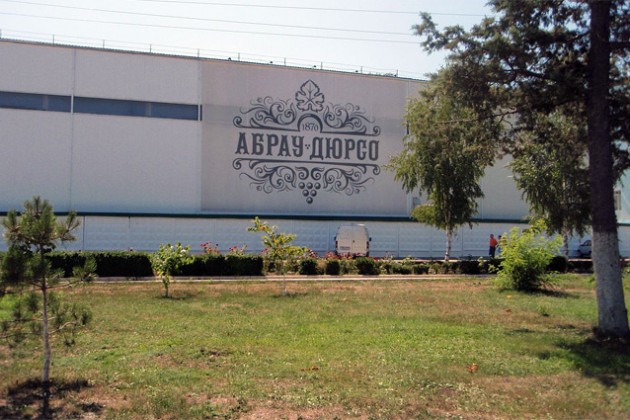
Lefkadia Wine-producing husbandry
Krasnodar Territory, Krymsk District, Moldavanskoye village, Sovetskaya Street, 9
The idea to found a wine-producing husbandry in Moldavanskoye village of Krymsk District belonged to Mikhail Nikolayev, who was a real enthusiast of the industry, in 2004. Lefkadia appeared in this place as early as in 2006. The land bought out by Mikhail Nikolayev for the enterprise was used for grapes raising in the 19th century, while during the USSR it was occupied by Frunze state farm. After dissolution of the state farm the soil was in an atrocious state. One has to root out weeds and sow wheat in order to restore the soil’s good state.
Lefkadia’s vineyards with the area of 80 hectares are located on the foothills of Northern Caucasus at the altitude of 140 - 240 meters above sea level. 23 sorts of grapes grow in this territory, among them well-known Chardonnay, Sauvignon-Blanc, Merlot, Shiraz, Pinot-Noire and Russian sorts. Figs are collected manually.
The first harvest was gathered in the husbandry already on the third year after its foundation. At the same time, a laboratory for analysis of soils and wines was established on its base. In 2011 alcoholic beverages of Lefkadia were presented to experts. It is interesting that in course of a “blind” tasting all submitted samples received the highest grades and left behind their European competitors in the same price category.
Lefkadia specializes in production of dry and sparkling wines. They are represented in five lines: “Lefkadia” – expensive wines made of figs raised in the local valley; “Temelion” – a premium sparkling wine made of French sorts of grape gathered in the husbandry; “Licuria” – mass- produced white, red and sparkling wines; “Sauk-Dere” – beverages from grapes which grow in the homonymous foothill terroir; and finally “Bachelor’s Collection”. As for the wine-makers themselves, they define this wine as their best product.
Apart from the wine house, there are following objects in the valley: a hunting farm, a hotel for 11 rooms, a restaurants and a farm for raising sheep and goats. Their milk is used for producing cheeses, for instance, Bûch, Capretto, Lefkadiysky. There is also the production of honey, sunflower oil, fruits and vegetables.
Tourists who choose to visit Lefkadia can have excursions in vineyards, the museum of wine, the winery; they also can taste the beverages.
